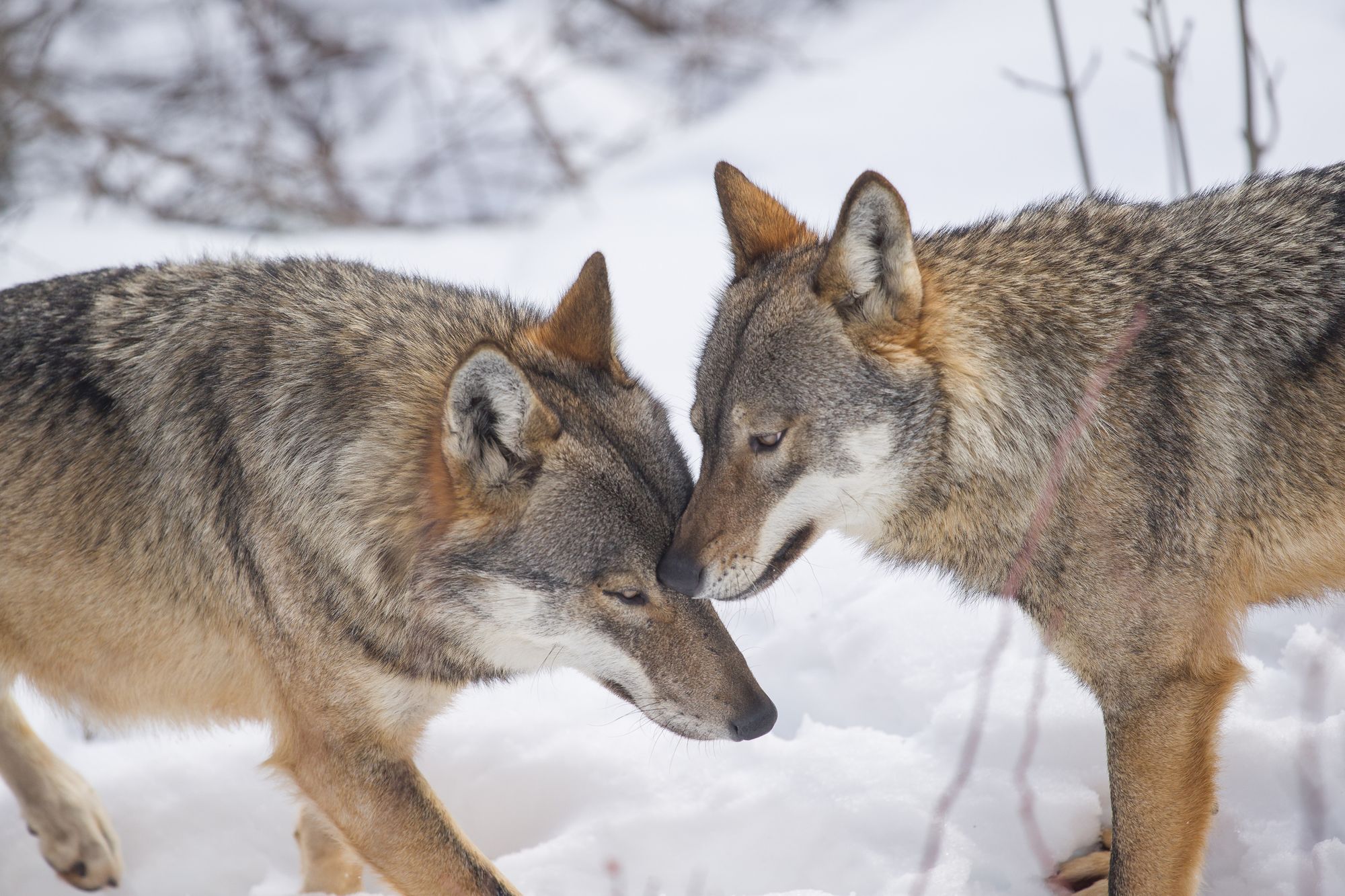When most people hear the word ‘rewilding’ they think of wolves prowling Yellowstone National Park, or perhaps the beavers or bison returning to the UK after 400-odd years away. All of that is absolutely fantastic, of course, but because the usually adorable, occasionally grizzly animals (rightly) grab all the attention, the other benefits of rewilding aren’t so commonly known - in particular, the focus of the movement on regenerative tourism and human wellbeing.
“Rewilding is booming,” says Laurien Holtjer of Rewilding Europe. “People are done with doom and gloom; with saying the world is ending and everything is bad. There is hope - we just have to act, and the time is now. Crucially, rewilding is about looking at the whole picture. It’s not only focused on species or habitat. It’s about people too. It’s about coexistence between communities and nature. The fact that rewilding provides economic opportunities is important in that. Helping nature heal can lead to prosperous local economies."
A lot of these areas are already beautiful - but they’re like theatres without actors. The wildlife isn’t there, because we got rid of it or damaged the habitat.
There are some key differences between rewilding and traditional conservation, which is more focused on fencing-in and 'conserving', as the name suggests. “Protecting nature isn’t enough,” says Holtjer. “We want to innovate within nature conservation. We want to heal and help nature - and to have it as wild as possible.
“Nature is so strong by itself, so why should we control it? We want to restart natural processes - for example, by removing a dam blocking a natural waterway. When you just remove it, and don’t do anything else, a whole hive of natural processes restart below. Nature is resilient. It’s all about giving nature space."
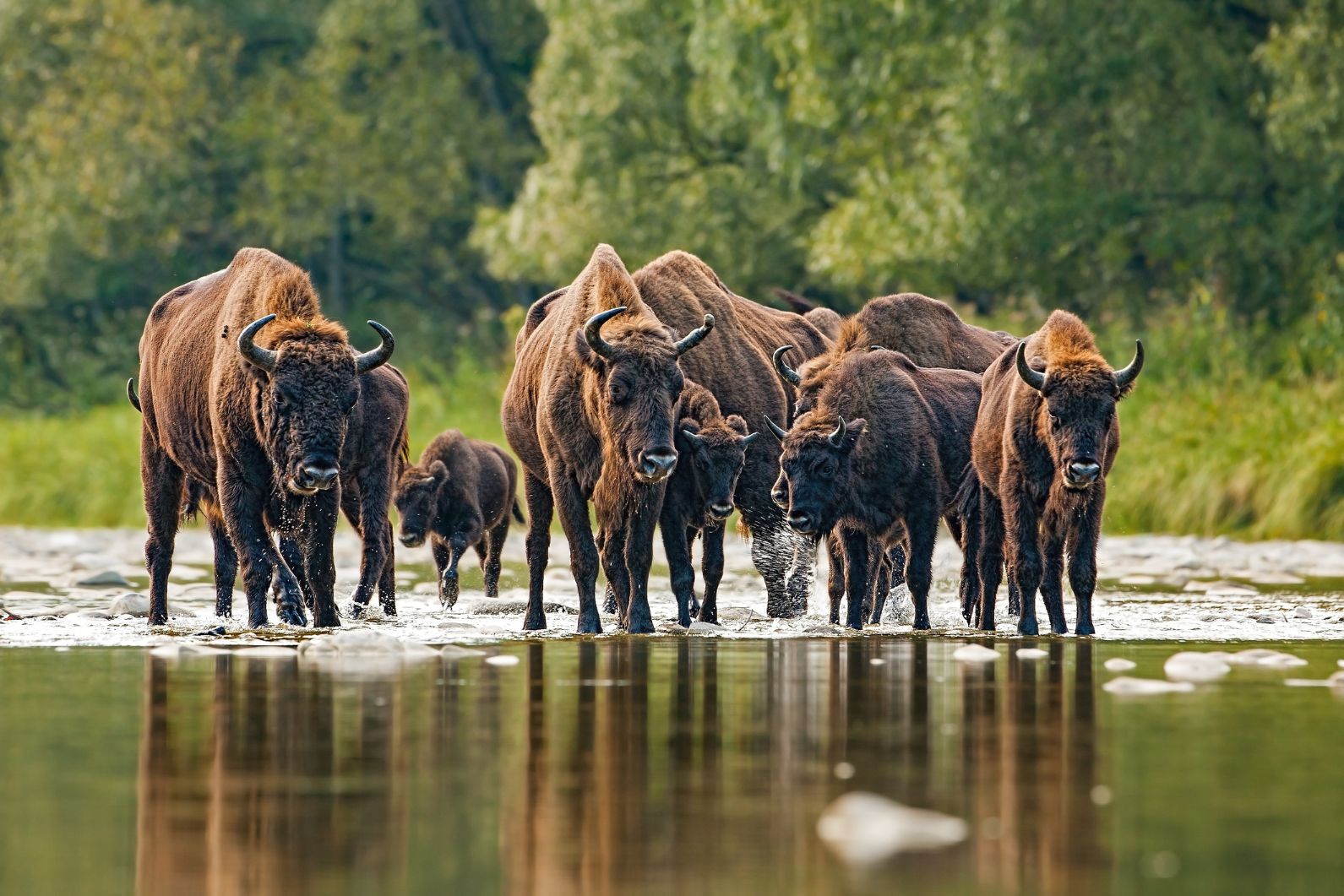
Rewilding Europe was set up 10 years ago in order to bring wilderness back to the continent, and a key part of their movement involves creating ecotourism opportunities around projects. “There are a lot of areas where younger generations are leaving rural areas to move to cities, and leaving behind ghost towns,” Holtjer says. “We don’t look at these areas as a problem, but rather as an opportunity. A lot of these areas are already beautiful - but they’re like theatres without actors. The wildlife isn’t there, because we got rid of it or damaged the habitat.
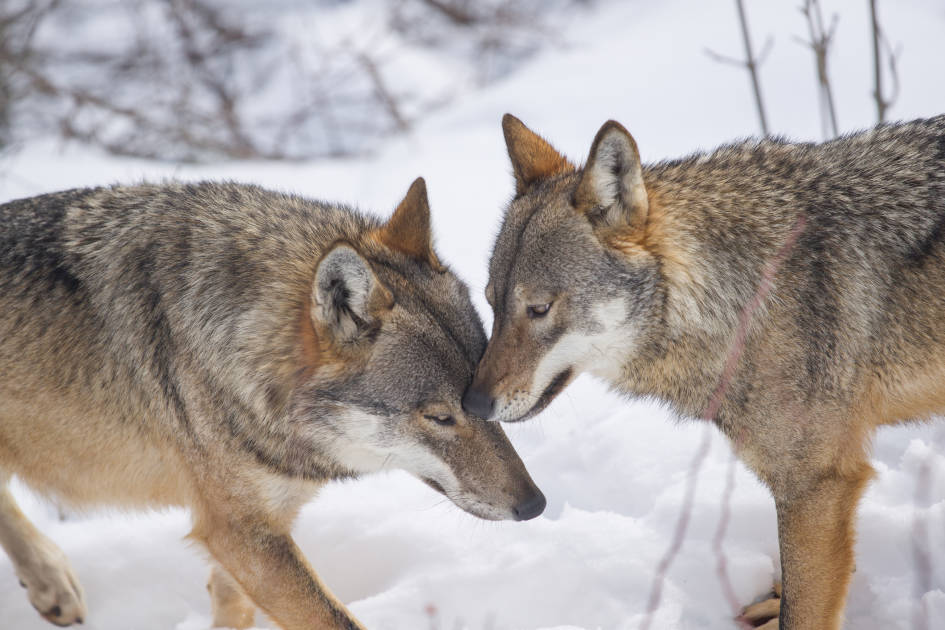
“When we restore natural processes to an area, a lot can happen. Wild nature can return, but it can also provide opportunities for income. We look at this enterprise part too - and we see young people returning to these areas, starting up businesses for accommodation, guiding, building infrastructure. By supporting wildlife and restoring natural processes, rewilding is transforming abandoned areas into thriving nature-based economies.”
If you travel to one of these areas, then you’re not only supporting the local community, you’re directly supporting the nature and the wildlife.
The European Safari Company is one branch of Rewilding Europe, focused entirely on tourism. Aukje Van Gerven is their Operations Manager. “When you're offering adventures in places where nature is thriving, then those places have the opportunity to build a new future based on their setting, and their landscapes and wildlife,” she says. “If you travel and just spend money on big hotel chains, then you're not supporting the local community at all. If you travel to one of these areas, then you’re not only supporting the local community, you’re directly supporting the nature and the wildlife. The money flows directly back into that nature.”
It’s regenerative tourism in practice; tourism that not only sustains but betters the area, and allows the rewilding work to sustain, grow and fund itself.
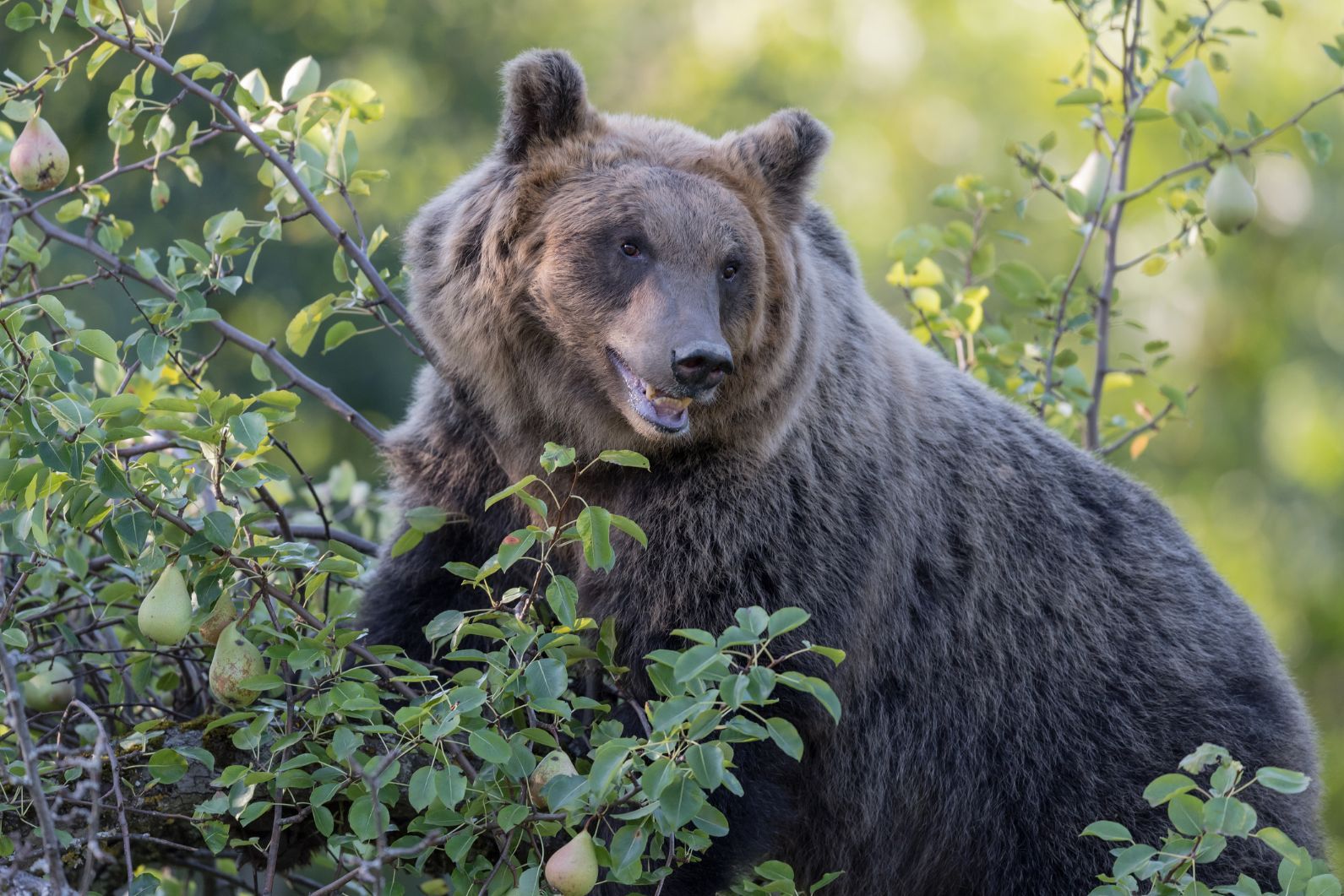
Examples of Rewilding Europe projects include boosting Marsican brown bear numbers in the Central Apennines, while connecting the local economy with wilderness through “coexistence corridors”, which link together several national parks. Another saw Rewilding Europe acquire 23,000-hectares of hunting concessions between two large national parks in the Velebit Mountains of Croatia, where they’re developing a nature-based economy in a unique habitat which supports Balkan chamois, red deer, brown bears, wolves, lynx and more.
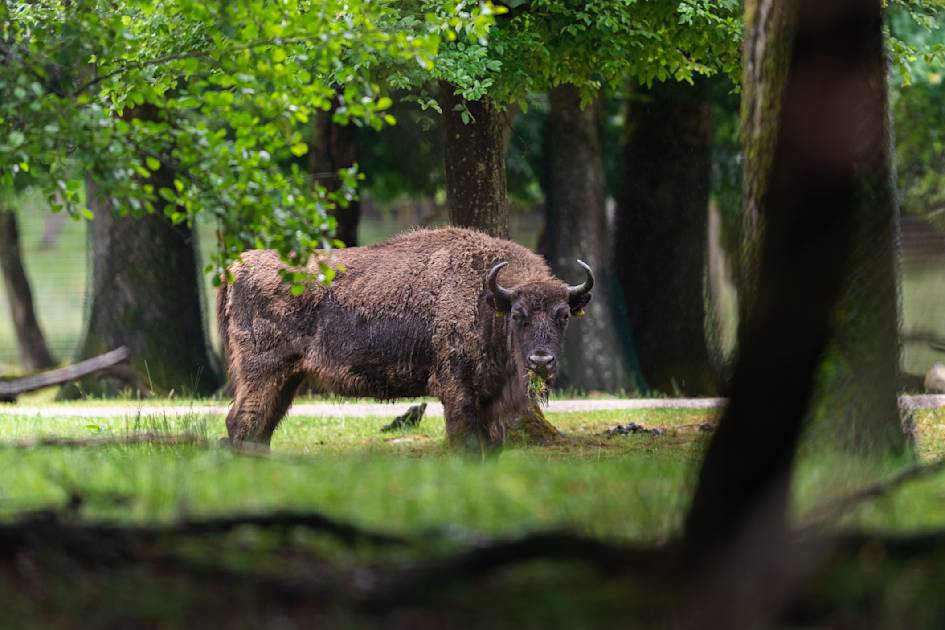
Each project is highly specific depending on the local wildlife and community. Laurien continues: “In the Southern Carpathians, we have been reintroducing European Bison since 2013. The species was almost extinct back then, but not many people knew about it. It was more endangered even than the black rhino.”
We are used to putting up fences to protect nature, but rewilding is about living with nature again. We prefer no fences.
The herd of bison in that particular rewilding area in Romania is now over 60.
“They’re a keystone species," says Laurien. "They change the landscape, allowing it to thrive through grazing, browsing bushes and trees, rolling in sandpits and wallowing in mud holes. But they also change the community - we have people there who are trained now as rangers, for example. And tourism not only generates income there, it generates pride and awareness. When people from abroad suddenly come to your village and they're ecstatic about these bison, the local community start to feel proud of this species again, and proud that it is part of their culture and identity.
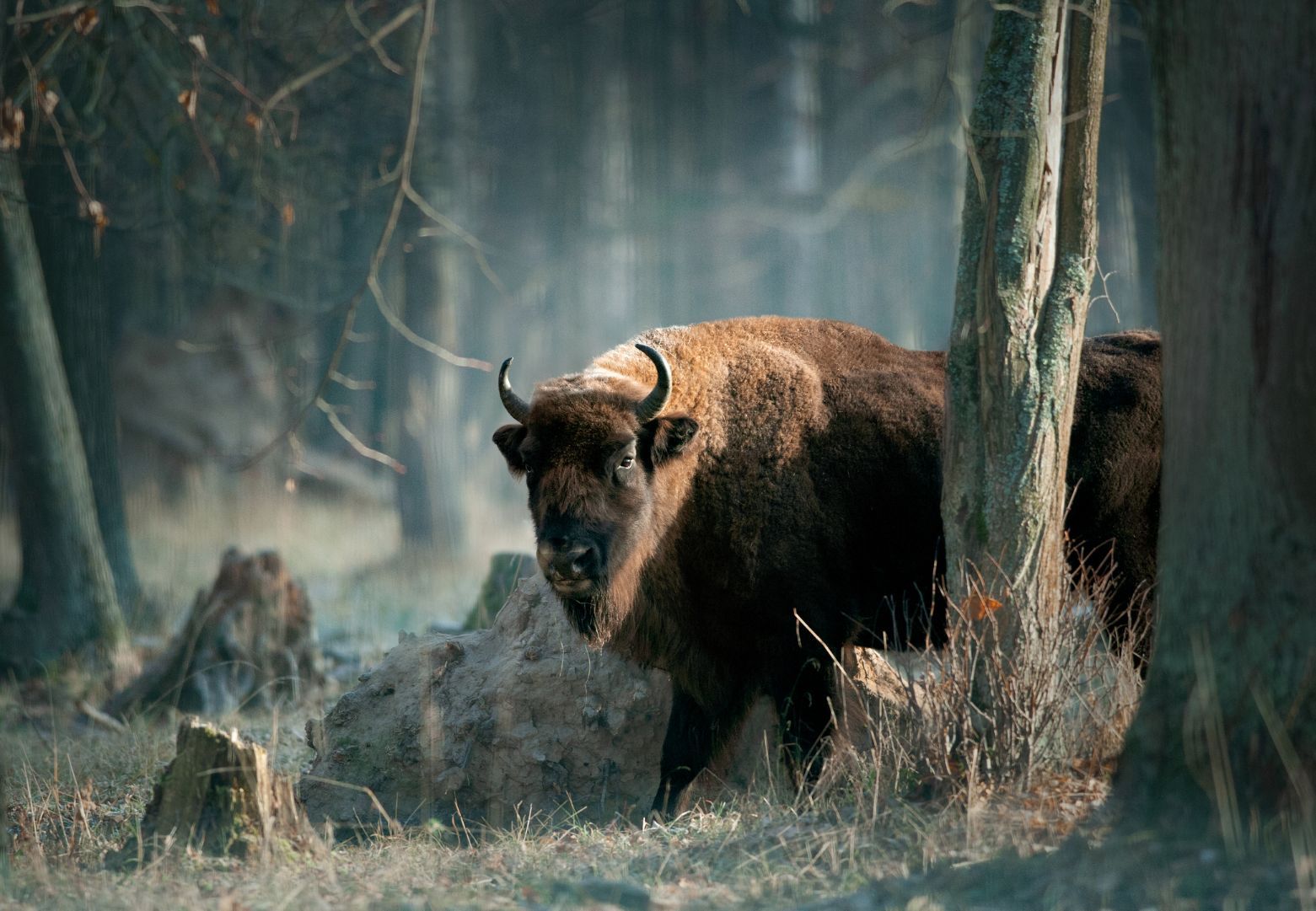
“This coexistence is crucial. If we let nature go, it will. Look at Chernobyl - with people gone, wildlife returns. Nature is strong. It’s people who decide where the limits are, so it’s important to include people from the start.
"We are used to putting up fences to protect nature, but rewilding is about living with nature again. We prefer no fences. If we want large-scale wild nature, we need to get used to living with it. Do we accept wolves eating sheep, or can we avoid that by making sure there are enough deer to hunt on? Or do we invest in protecting sheep? With bison, how do we ensure people are not afraid of this huge animal species, but are actually proud of having this amazing animal in their area?”
Nature restoration is now higher on people's agendas because of climate mitigation efforts.
Holtjer notes there are several other challenges to rewilding, notably policy. Agricultural subsidies are proving problematic in some places, Laurien says, but they're not the only issue. “Vultures are amazing animals and a part of the food web," she says, "but they feed on dead animals, and in most of our areas legislation demands the immediate removal of carcasses of wild herbivores. But we’re making progress. Nature restoration is now higher on people's agendas because of climate mitigation efforts.”
Holtjer firmly believes that the future is bright for rewilding, not least because the idea alone seems to spark something in so many who hear about the work.
“Rewilding offers hope,” says Laurien. “Protecting wild nature is not enough. We have to rewild on a large scale. This resonates with a lot of people - people are aware that we need to reconnect with nature. Now, instead of controlling nature, we need to see it as an ally for giving us a better future. All we have to do is give it the space.”
Our all new Rewilding Adventures collection is live now, compiled in collaboration with the European Safari Company and Rewilding Europe.

